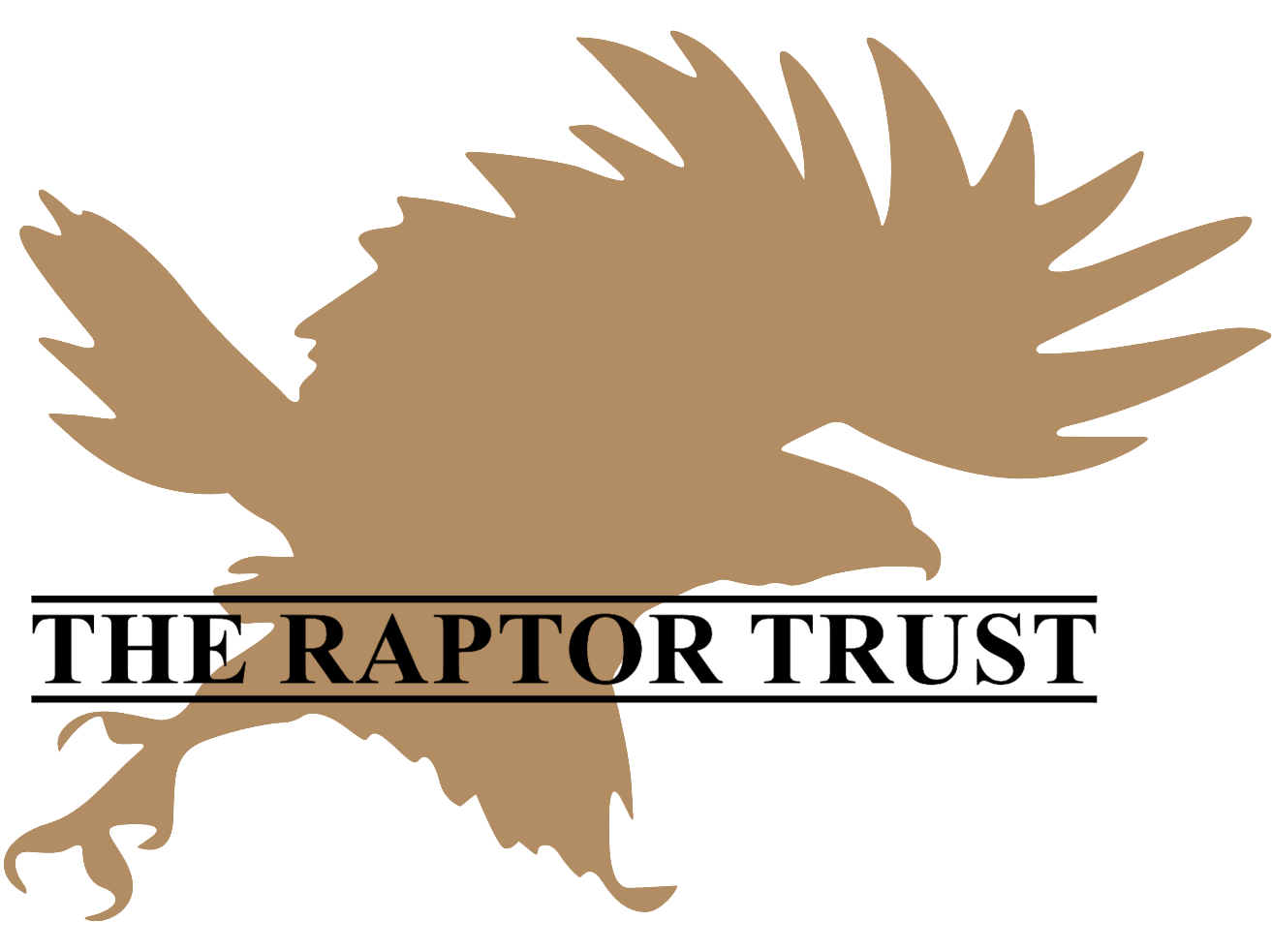
What Goes on in Our Infirmary?
Many people wonder what happens after the bird that they rescued is admitted to our wildlife clinic. We know that being involved in an animal rescue can be a very emotional experience, and we recognize that it can feel jarring to have the bird taken out of sight into our triage area. Though you may feel that you are no longer a part of the experience, the role you played in getting the bird to a licensed wildlife rehabilitator is critical. While every animal’s experience here is unique, we have a standard protocol that all animals undergo upon arrival:
Destress
The first and most important step once a patient enters our facility is to get it into a warm, dark, and quiet environment where it can de-stress. Animals that are brought here are often experiencing the worst day of their lives, whether they flew into a window, were hit by a car, or were orphaned. They don’t know that you were doing everything you could to help. To them, a huge predator captured them, contained them (that’s your car) and bounced them around inside. We have a designated quiet evaluation area where the birds await our highly trained staff to evaluate their injuries. Want to make this experience less harrowing for the bird you rescued? Drive with the radio off and don’t hold, pet, or talk to the animal. While that may work for your cat or dog, wild animals only see you as a danger and being shown off, patted, or spoken to can lead to severe stress or even death.
Evaluation
Once the animal has had time to calm down, our Wildlife Rehabilitation Technicians will evaluate the animal for external wounds, broken bones, or internal injuries. Unfortunately, for some birds, this is the end of the line for them. While humans can live with improperly healed injuries, birds cannot be released unless they are in near perfect condition. Our rehabilitation staff never makes the decision to euthanize a bird lightly, but their many years of experience have given them the knowledge to know which birds will absolutely not be releasable. Because captivity and rehabilitation can be so stressful, we choose not to prolong these animals’ suffering and, if the bird has no chance of recovery or survival, we humanely euthanize them using the same drugs that a veterinarian would use on your pets to half them pass away peacefully.
Treatment
If an animal is not so badly injured that we can attempt to rehabilitate them, the next step is to treat the injuries identified in their intake exam. This could mean stabilizing fractures, cleaning and bandaging wounds, administering anesthetics or antibiotics, or starting birds on medications that can treat poisoning, internal bleeding, or heavy parasite loads. We place the animals in special cages specific to the size and needs of the birds along with species-appropriate food, water bowls, and places to hide to minimize their stress. During this time, our staff continue to treat injuries and illnesses and clean and maintain the enclosures. As birds heal (which they do much faster than humans!) they are monitored for their ability to feed themselves, stand upright, climb, and fly, as appropriate for their species. This process can be quick if the injuries are minor, or it can take a long time for more severe injuries.
Further Evaluation
Some birds require further evaluation or treatment, and The Raptor Trust is fortunate to have a full veterinary suite with X-Ray, ultrasound, endoscopy, and other diagnostic tools right on campus. Our veterinarian comes to our facility for surgeries, wound debridements, and other complex procedures.
Rehabilitation and Release
When birds are well enough to be out of our intensive care area, we move them to flight cages so they can build up strength after their recuperation. These areas are also species appropriate, and outside where they can acclimate to the external temperature before being released. This is one of the most variable components of a bird’s rehabilitation journey and can last from a day to over a year.
When a bird is ready to be released, our staff evaluates them on their ability to fly, self-feed, perch, and climb normally. Depending on the age of the bird, its species, time in rehabilitation, and the time of year, we will determine an appropriate release site.





